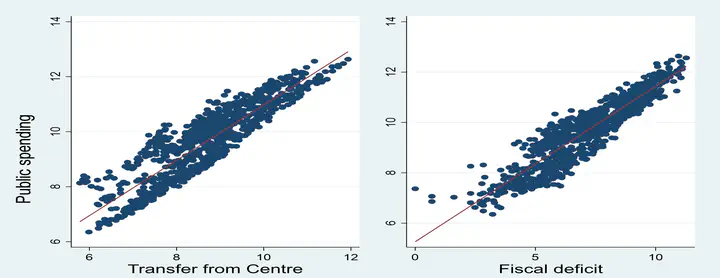 Image credit: admin
Image credit: admin
Abstract
In recent decades, public spending both at the Union and Subnational Governments in India has been increased by manifold. Often the taxpayers systematically misperceive their tax burden as well as benefits received from the publicly provided public goods and services. This leads to fiscal illusion, i.e., they demand more public goods than they would if they had complete information resulting in a higher public spending than the desired level. The present paper analyses the subnational finances in India in search of evidence of fiscal illusion and flypaper effects as well as the validity of Wagner’s law in explaining the increased public spending over the decades. Panel data from 1980-81 to 2019-20 for 20 subnational governments of India were analysed using second-generation panel unit root, and cointegration approaches accounting for the cross-sectional dependence and heterogeneity. The results of the PMG estimation provide evidence for the existence of fiscal illusion induced by intergovernmental transfers and fiscal deficit and a flypaper effect. While the validity of Wagner’s law becomes weak when controlled for intergovernmental transfers and fiscal deficit, the degree of publicness of public spending is found to be low at the subnational level in the country. The increased reliance on the transfers has become a norm for many states, especially the north-eastern and hilly states having implications for the own tax collection at the subnational level, and as a result, the fiscal gap has become larger and larger.